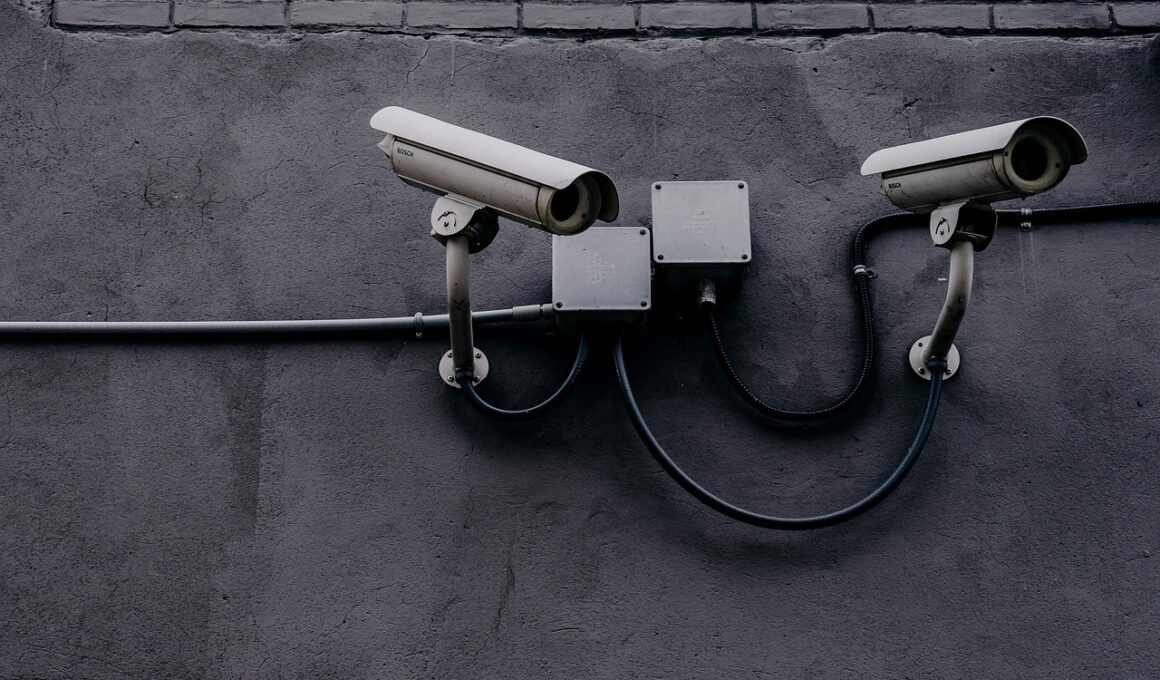Situational Awareness for Urban Environments: Staying Safe in the City
Urban environments can be vibrant yet daunting places to navigate. Situational awareness is crucial for maintaining safety in such areas. This awareness involves understanding your surroundings, recognizing potential threats, and anticipating how situations may evolve. It’s about being cognizant of your environment and the people in it. By staying alert and assessing risks, you can identify escape routes and safe spaces. Developing this skill requires practice. Some effective strategies include observing who is around you, listening to your instincts, and mastering body language cues. You should learn to recognize signs of aggression or discomfort from others. At busy venues or during peak hours, maintaining a heightened sense of awareness becomes even more vital. Additionally, it is recommended to utilize technology to enhance your situational awareness. For example, apps that provide real-time crime reports can keep you informed of any potential dangers in the vicinity. Regularly reviewing crime prevention techniques is integral. These actions collectively cultivate a safer experience in urban settings and encourage confidence in dangerous situations, promoting a proactive approach to personal safety.
The Importance of Observation Skills
Observation skills are paramount in urban self-defense strategies, particularly for enhancing situational awareness. These skills enable you to recognize threats before they escalate into dangerous situations. Start by practicing active observation. This means not just looking but truly seeing your environment. Take note of exits, unusual behavior, and any individuals who seem out of place. For instance, if someone appears overly focused on you or remains in your vicinity without purpose, it may signal the need for caution. Make use of landmarks as reference points in case of emergencies. Additionally, pay attention to lighting and popular gathering spots. These factors can impact your safety. It’s crucial to balance awareness and daily activities, ensuring you’re still engaged without being overly paranoid. Engage in exercises that enhance your focus, such as mindfulness or martial arts. These activities train your mind to be more alert and responsive to your surroundings. Remember that situational awareness isn’t just about identifying threats; it also involves understanding social dynamics. Knowing when to engage or disengage can be vital, contributing to a safer city experience overall.
Practicing Safer Walking Techniques
Walking confidently through urban environments can significantly enhance your safety. Adopting proper walking techniques allows you to project confidence, making you less appealing to potential threats. Keep your head up, shoulders back, and maintain a steady pace. This posture exudes assurance. Avoid distractions like staring at your phone, as being engrossed in technology can make you unaware of your surroundings. Additionally, choose well-lit paths populated with other pedestrians whenever possible. If you notice someone following you, don’t hesitate to change your route or enter a store until you feel safe. When crossing the street, always look both ways and be aware of vehicle movements. Maintain a steady gait and avoid rushing as this can draw unwanted attention. Trust your instincts; if something feels off, it’s better to err on the side of caution and assess the situation. Also, familiarize yourself with various surroundings, so you can respond appropriately in emergencies. Remember, preventative measures such as traveling in groups can enhance safety. By strengthening your walking techniques, you can navigate the urban landscape with increased confidence and awareness.
Recognizing Social Cues and Threats
Understanding social cues is an essential aspect of situational awareness. Analyzing the behavior of others can help you identify potential threats. Recognize common signs of aggression, such as an individual’s posture, facial expressions, and tone of voice. Learning to differentiate between normal behaviors and those that seem unusual or threatening can serve as an early warning system. For instance, someone who invades your personal space or doesn’t respect your boundaries may indicate intentions that aren’t favorable. Observe how groups of people interact; large gatherings can sometimes turn volatile. Pay attention to changes in mood or intensity, especially if you’re in crowded places. A sudden shift in energy could suggest burgeoning conflict. Additionally, be aware of social dynamics. Recognizing when someone appears anxious or overly defensive may indicate their awareness of an impending conflict as well. Improving your understanding of these social cues often requires practice; consider participating in social events where you can interact with diverse individuals. Ultimately, developing these skills can empower you to stay safe and to navigate complex urban environments effectively.
Utilizing Technology for Safety
Technology can enhance awareness and personal safety significantly, especially in urban settings. Various applications help you keep an eye on your location, track friends, and receive alerts about nearby hazards. For example, safety apps can notify trusted contacts of your whereabouts with the click of a button. Many smartphones also feature a built-in emergency SOS function, allowing you to call for help quickly. Familiarize yourself with local emergency numbers, and don’t hesitate to program them into your phone. Furthermore, GPS tracking services can provide peace of mind when traveling alone. If you’re concerned about navigating less-populated areas or late-night commutes, consider sharing your location with a trusted friend. Leveraging social media can also be beneficial, as it can provide real-time updates about massive disturbances in your area. However, it’s crucial to balance technology use with mindfulness; don’t let gadgets distract you from your surroundings. Remember, electronic devices should supplement, not replace, personal vigilance. Using technology wisely can create a safer urban experience, making you more adaptable to evolving circumstances.
Creating a Personal Safety Plan
Developing a personal safety plan is an invaluable step toward enhancing your situational awareness in urban settings. A well-crafted plan should detail procedures for various scenarios, enabling you to respond effectively during emergencies. Identify potential threats and brainstorm response strategies tailored to those situations. For example, if you often walk home alone, plan alternative routes and familiarize yourself with public transportation options. When out with friends, establish a meeting point in case you become separated. Also, consider personal safety equipment, such as pepper spray or self-defense tools. These can be assets if a confrontation occurs. Furthermore, discuss your safety plan with friends and loved ones. This creates a support network that can monitor and enhance each other’s awareness. Empowering those around you to look out for one another is paramount. Regularly review and revise your plan as necessary. Awareness of your surroundings and proactive safety strategies greatly improve your security. Ultimately, this planning fosters a sense of confidence amidst uncertain environments and empowers you to make informed choices regarding your safety.
Conclusion: The Ongoing Journey of Awareness
Situational awareness is an ongoing journey, especially in dynamic urban environments. As you practice these techniques, your awareness will develop naturally over time. It’s essential to remain engaged, continually improving your observation skills and learning from experiences. Each situation provides opportunities to enhance your knowledge and responses. Active engagement is vital; take time to reflect on past encounters and consider how you might improve your reactions in future similar situations. Enlist friends or family members to provide feedback on your situational responses—we learn best in collaboration. Participating in workshops or self-defense classes can facilitate deeper understanding and practical applications of awareness principles. Stay updated on safety news, community alerts, and local crime patterns to remain informed. The goal is not merely to avoid danger but to cultivate proactive and responsive behavior. Balance is key; enjoy urban life while remaining aware of your environment. Remember that awareness integrates multiple aspects of life, contributing to a more secure existence. By committing to this ongoing journey, you become more prepared to navigate urban landscapes confidently.





